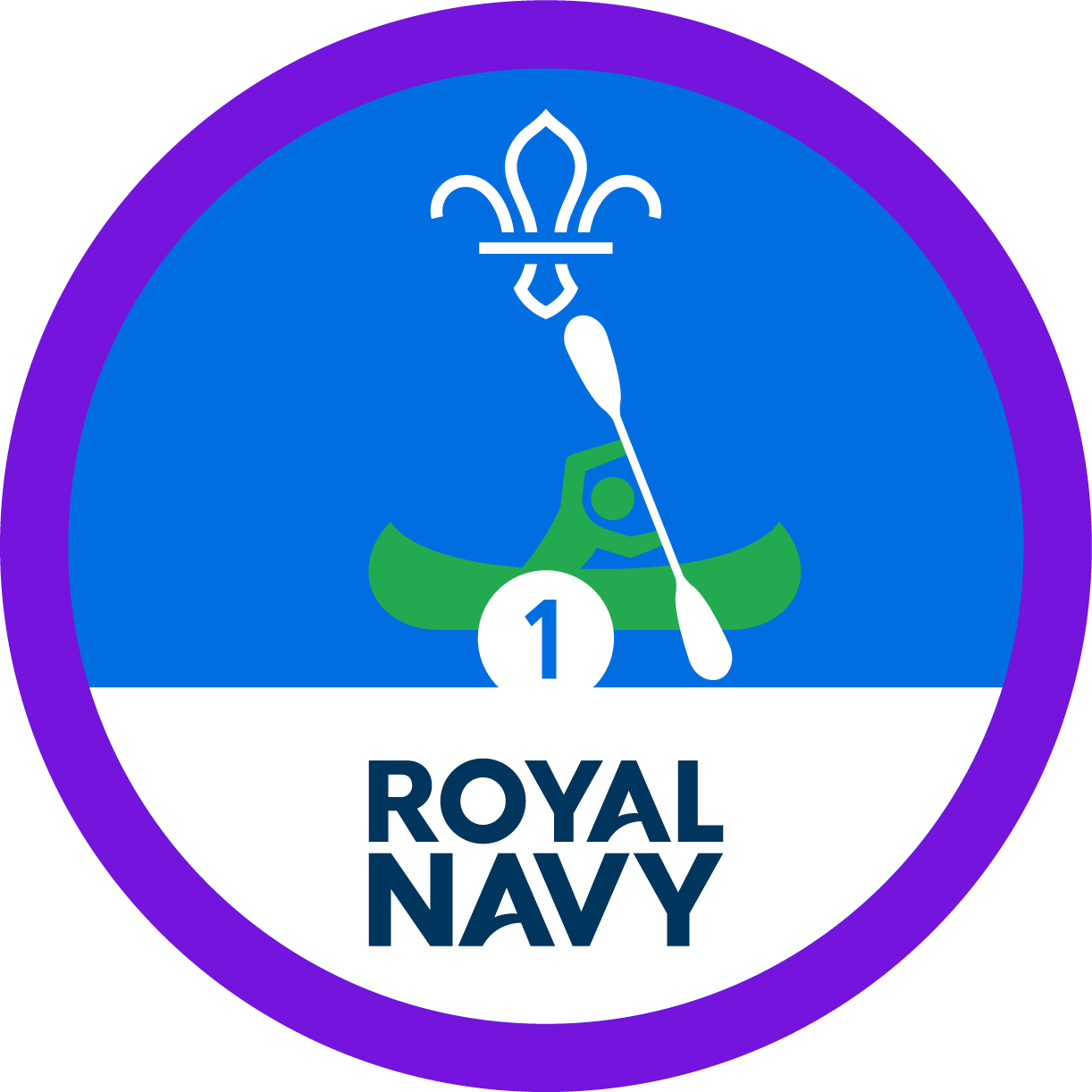
Kayaking
What to expect
Modern kayaks are made from plastic or fibreglass, and they’re paddled with a two-bladed kayak paddle. Some kayaks are enclosed, with a hole for the kayaker to sit in, but some are open-top kayaks. You can get kayaks for up to four people and they can be paddled in all sorts of water, from slow-moving rivers and on gentle lakes to white water torrents and the open sea.
Kayaking’s a great way to get active, explore the outdoors and spend time in nature. You could cruise through a forest one day and paddle along the coastline the next.
What you’ll learn
Kayaking more will help improve your balance in the water and your paddling technique will become more efficient. You’ll soon be able to move gracefully and quickly across the water, making each one of your strokes count and not expending too much energy. Techniques to learn include rotating the paddle as you go (for efficient strokes), how to steer, and how to slow down.
Fun facts
The first kayaks were rudimentary designs built approximately 5,000 years ago by the Inuit and Aleut people to travel swiftly across the water. Located in the Artic North America, these tribes would construct the kayaks out of whatever types of material they could find, including animal skins, bones and wood. They were used for hunting and fishing, as they were perfect for sneaking up on things in the water.
Handy hints
- Bag it up. Take along some extra bags to put your wet clothes and shoes in, and save your towels.
- Group up. Some kayaks are designed for up to four people, which could make your first experience much easier.
Try this activity at one of our adventure centres
Once you’ve mastered the basic paddle strokes on land, take to the water in your own personal kayak. Using a variety of games, your instructor will help you develop your skill and precision moving through the water.
Go kayaking with Scout AdventuresSafety
You must always:
- Complete a risk assessment
- Have the right ratios of number of adults to provide suitable supervision
- Set up an InTouch process
- Know what to do in an emergency
- Share information with parents and carers with an activity information form
- Get approval from your Lead Volunteer.
Be safe outdoors:
- Check the weather forecast
Be safe in water:
Everyone should be able to swim 50 m wearing the clothing or equipment for the activity. Non-swimmers will need additional support.
Water can be dangerous - be aware of the risks.
The category of water depends on how safe the water is. Use our waterways directory to check.
Be sure to manage the group when near water, keeping everyone safe.
Make sure that all equipment is fit for purpose and in good condition:
Everyone must wear a life jacket or buoyancy aid.
The instructor must make sure boats are seaworthy.
There are regulations you must follow if you are hiring a boat.
Joint activities with other organisations:
- This activity can be run jointly with Girlguiding.
- This activity can be run with other organisations.
This activity can be led by you or someone else in Scouts:
The activity leader must have an adventurous activities permit with the right level and permissions for your group.
You don't need a permit for activities on Class C waters (safe, inland water less than 100 m wide).
Where the group is entirely members over the age of 18 the permit scheme does not apply, please follow the rule 9.8 adult groups.
You can go to a centre or use an activity leader who is not part of Scouting:
You must find a suitable provider who meets the following requirements:- The centre/instructor should hold one of these: (If the provider is AALA exempt)
- British Canoeing - Coach Award (level and discipline specific - with appropriate endorsements for the waters being used)
- Adventure Mark - centre
The provider must have public liability insurance.
Guidance
Reflection
Kayaking was a great way to get active in the outdoors and can mean different things to different people. What did you enjoy most about kayaking? What is one thing you learned while kayaking? What would you do differently next time?
We take different things from some activities and adventures, from learning new skills to learning how to cope with stressful situations and work with new people. There’s no right thing to take away from kayaking as everyone’s experience will be different.
- Kayaking can often be adapted so more people can give it a go. Many outdoor centres have facilities that cater for people with additional needs and experienced instructors to help everyone achieve their goals. Get in touch with your local provider to chat through the needs of people in your group – make sure you give them plenty of notice.
- Kayaks come in all different shapes and sizes to suit different people. Get in touch with your provider early to make sure they can design a session to suit you and your group.
All Scout activities should be inclusive and accessible.
Learning kayaking is a great gateway to all sorts of water sports. Anyone that enjoyed kayaking could try canoeing or stand-up paddleboarding next.



